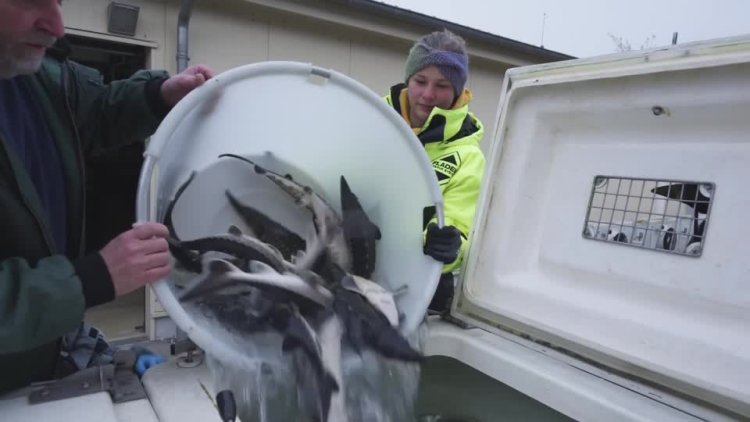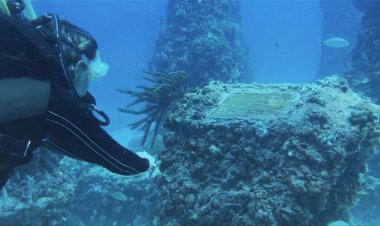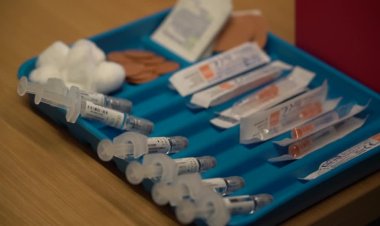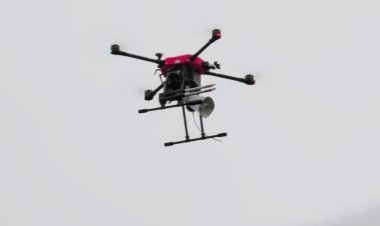Atlantic Sturgeons Reintroduced in Sweden

After years of preparation, Atlantic sturgeons are being reintroduced in Swedish waters 100 years after populations died out due to heavy fishing and deteriorating water quality.
The official release of some of the young sturgeons in the Gota Alv river took place in Lilla Edet, upstream from Sweden's second city Gothenburg.
The 'Return of the Sturgeon Project' is a collaboration between the Swedish University of Agricultural Sciences, the Gothenburg Museum of Natural History, the Swedish Anglers' Association, and the University of Gothenburg.
Until the end of the nineteenth century, there were spawning populations of Atlantic sturgeon in Gota Alv. However, the species died out, mainly due to heavy fishing and deteriorating water quality.
According to the Return of the Sturgeon Project, the water quality today is much better and the conditions are just right for the species to spawn in the river.
One hundred young sturgeons were brought from a breeding facility in Germany to Sweden where they were given time to acclimatize in enclosures before being released in the wild.
The fish have been tagged with acoustic telemetry and will be monitored by researchers from the University of Agricultural Sciences.
Telemetry equipment has been placed at several locations in the river and along the coast so that the researchers can monitor and analyze the movement patterns of the sturgeons. This will then provide insights into where in the river the sturgeons feed and what the most viable habitat conditions are.
The Atlantic sturgeon can grow to over four meters long and weigh over 350 kilograms. It feeds mainly on bottom-dwelling animals and depends on finding food in the sediments.
The fish spend their first years in freshwater and when they are big enough to cope with the salinity, they migrate out into the sea in search of food and then return to spawn in freshwater.















